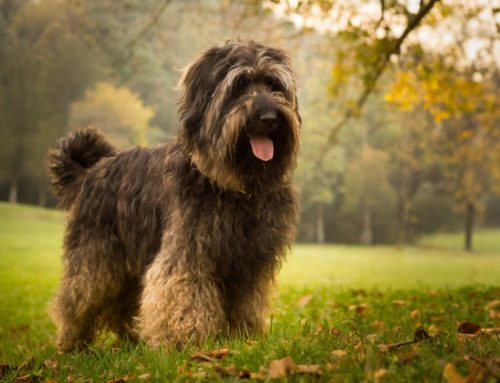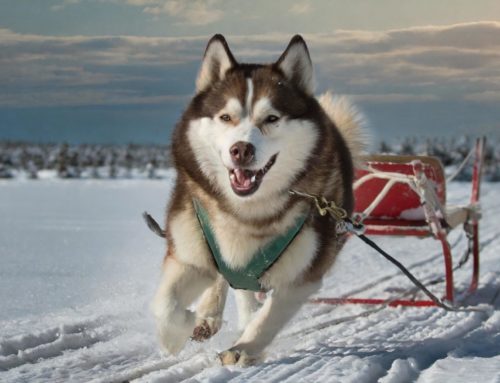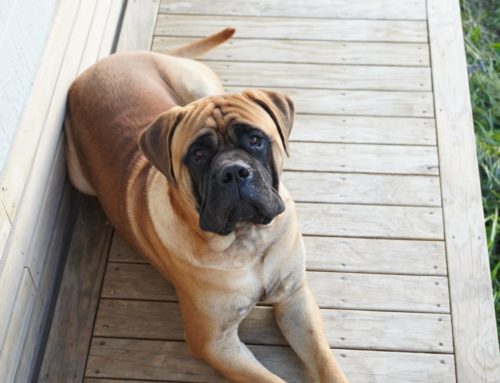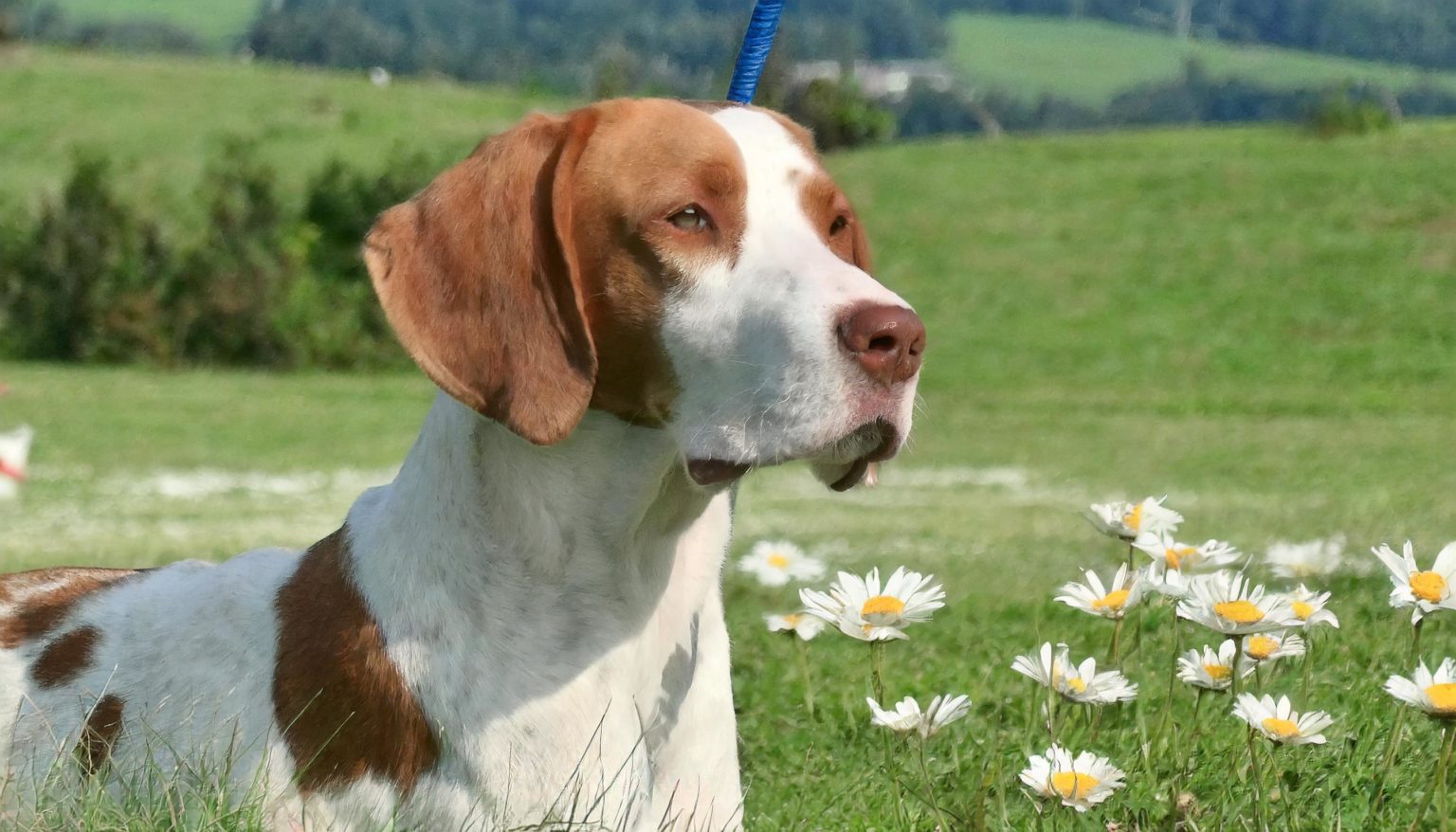
The Braque Saint-Germain, an elegant and affectionate breed of upright hunting dogs, originated in the 19th century in France, in the town of Saint Germain en Laye. These dogs are a combination of French braques and English pointers, making them excellent for hunting pheasants and partridges.
They were originally developed in King Charles X’s royal kennels in Compiègne, where they were known for their balanced temperament and getting along well with children and other dogs.
FCI Group 7 Pointing dogs
The Braque Saint-Germain is an elegant and stylish dog breed that belongs to the FCI Group 7, the group of preliminary dogs.
This group includes breeds known for their ability to track game and stand still when locating prey, allowing the hunter to approach. The Braque Saint-Germain, a French standing dog, is a great example of this group with its keen sense of smell, intelligence and obedience.
The appearance of the Braque Saint-Germain
A proud member of the continental standing dogs, the Braque Saint-Germain is a beautiful and elegant breed, bred for hunting and characterised by its white coat with orange speckles and small spots are allowed.
These dogs need plenty of exercise and are particularly suited to an active lifestyle. Their coat care is relatively simple; regular brushing to remove loose hairs is sufficient.
The Braque Saint-Germain is a medium-sized dog, with males typically reaching a shoulder height of around 56 to 61 cm and bitches slightly smaller.
Hereditary diseases and disorders
Some of the most common hereditary diseases in the Braque Saint-Germain are:
- Hip dysplasia: A common condition in medium to large dog breeds, in which the hip joint is not formed properly, which can lead to arthritis and pain.
- Elbow dysplasia: Like hip dysplasia, this is a joint disorder that can result in lameness and pain.
- Ear infections: Due to their drooping ears, Braque Saint-Germains can be more prone to ear infections, which require regular checking and cleaning.
- Heart disease: Some lines may be prone to various types of heart disease, including congenital heart defects.
- Allergies and skin problems: Like many other breeds, they can be prone to certain allergies that can cause skin problems.
- Eye disorders: Eye problems such as cataracts and progressive retinal atrophy can also occur, especially in later life.
The character of the Braque Saint-Germain
The Braque Saint-Germain, is a wonderful combination of English and French hunting dog breeds, including influences from the Gordon Setter. This medium-sized, well-built dog is recognisable by its white coat with orange markings and its characteristic soft, pink nose.
The Braque Saint-Germain is a very obedient and affectionate dog, known for its ability to get along well with children and other dogs. These social dogs thrive best when they are regularly socialised and spend much of their time with their companions.
Thanks to their intelligence, they are easy to train, making them popular with both experienced and novice dog owners. With their background as retrievers, they are excellent at retrieving and have an innate ability to hunt, although they are also popular as show dogs in 2024 thanks to their attractive appearance.
They are very sociable and are known for their friendly, balanced nature, making them great companions and hunting dogs.
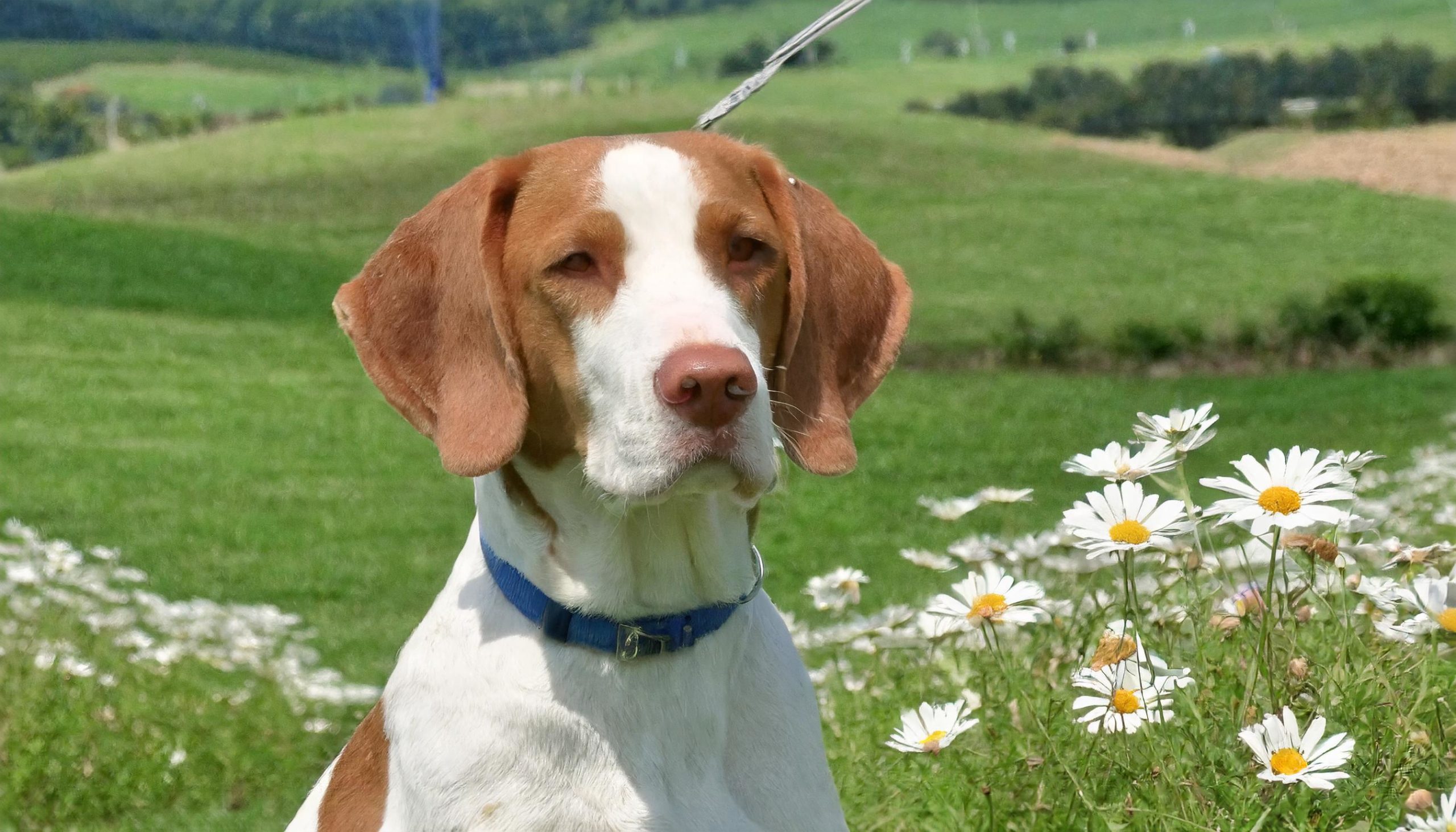
The Care of the Braque Saint-Germain
The Braque Saint-Germain, requires careful care to ensure its health and well-being. Known for its friendly and affectionate nature, this breed is popular as a show dog thanks to its sleek appearance and balanced temperament.
To ensure your faithful four-legged friend stays healthy and happy, it is important to pay regular attention to his grooming. An important aspect of grooming is brushing the coat to remove loose white hairs and prevent any unpleasant odour.
This breed has a white and orange coat that needs regular maintenance. The ears should also be checked and cleaned regularly to prevent ear infections.
The Braque Saint-Germain is an energetic breed that needs plenty of exercise. Make sure the dog gets the chance to run and play, especially if it lives with other dogs or children, with whom it usually gets along well. These dogs are often great hunting dogs and love to retrieve, which is also a good form of exercise.
Socialisation and upbringing of the Braque Saint-Germain
The socialisation and upbringing of the Braque Saint-Germain, are crucial for developing a well-adjusted and balanced dog. These dogs are known for their ability to get along well with children and other dogs, thanks to their soft mouth and friendly temperament.
From an early age, Braque Saint-Germain puppies should be socialised, which means regular contact with different people, animals and situations. This helps them to have excellent general awareness and adapt to different environments.
It is important to give them a chance to run and play, especially if they are raised in a house for a long time. This helps them release their energy and prevents them from becoming restless or nervous for too long.
The Braque Saint-Germain is known as an easy-to-train breed, which means they learn quickly and love to play fetch. Make sure your dog gets a balanced diet and enough exercise daily.
How much experience does a Braque Saint-Germain require
A breed that combines the traits of both English and French pointers, the Braque Saint-Germain is relatively easy to train and can be a good choice for both experienced and inexperienced dog owners. These dogs are known for their ability to get along well with children and other dogs, making them an excellent choice for families.
However, these dogs need regular attention and care. Proper care and attention are essential, especially as they are popular show dogs thanks to their elegant looks and balanced temperament. They need to run and play regularly to release their energy and stay healthy.
Breeders and the French breed association can offer useful insights and advice, especially for new owners. It is important to recognise that, as with all dog breeds, the Braque Saint-Germain requires great devotion and a home where they have plenty of room to exercise.
Is training necessary?
Training is essential for the Braque Saint-Germain, as with all dog breeds. This breed, known for its intelligence and affection, responds well to consistent and positive training methods.
Thanks to their intelligent and obedient nature, Braque Saint-Germains are relatively easy to train. They get along well with children and other dogs, making them great family members.
Early socialisation is crucial for this breed. Exposing a Braque Saint-Germain to different people, situations, and other animals helps develop a well-adjusted and sociable dog. This breed is active and needs regular exercise, so training that includes physical activity is beneficial.
Training should focus on basic commands, obedience and possibly fetch, which suits their hunting heritage. They are sensitive dogs that respond well to positive reinforcement and gentle corrections.
How much exercise does a Braque Saint-Germain need?
The Braque Saint-Germain is an energetic and active dog breed that requires significant daily exercise. As a member of the upright hunting dog group, this breed was developed for long hunting days, which means they require a significant amount of exercise to expend their energy and stay healthy.
An adult Braque Saint-Germain ideally needs at least one to two hours of exercise per day. This can include walks, running, fetch games, or other activities that provide both physical and mental stimulation. These dogs also enjoy activities that appeal to their hunting instincts, such as tracking and retrieval training.
It is important to add variety to their exercise routine to keep them both physically and mentally challenged. A lack of adequate exercise can lead to behavioral problems, including destructive behavior and hyperactivity.
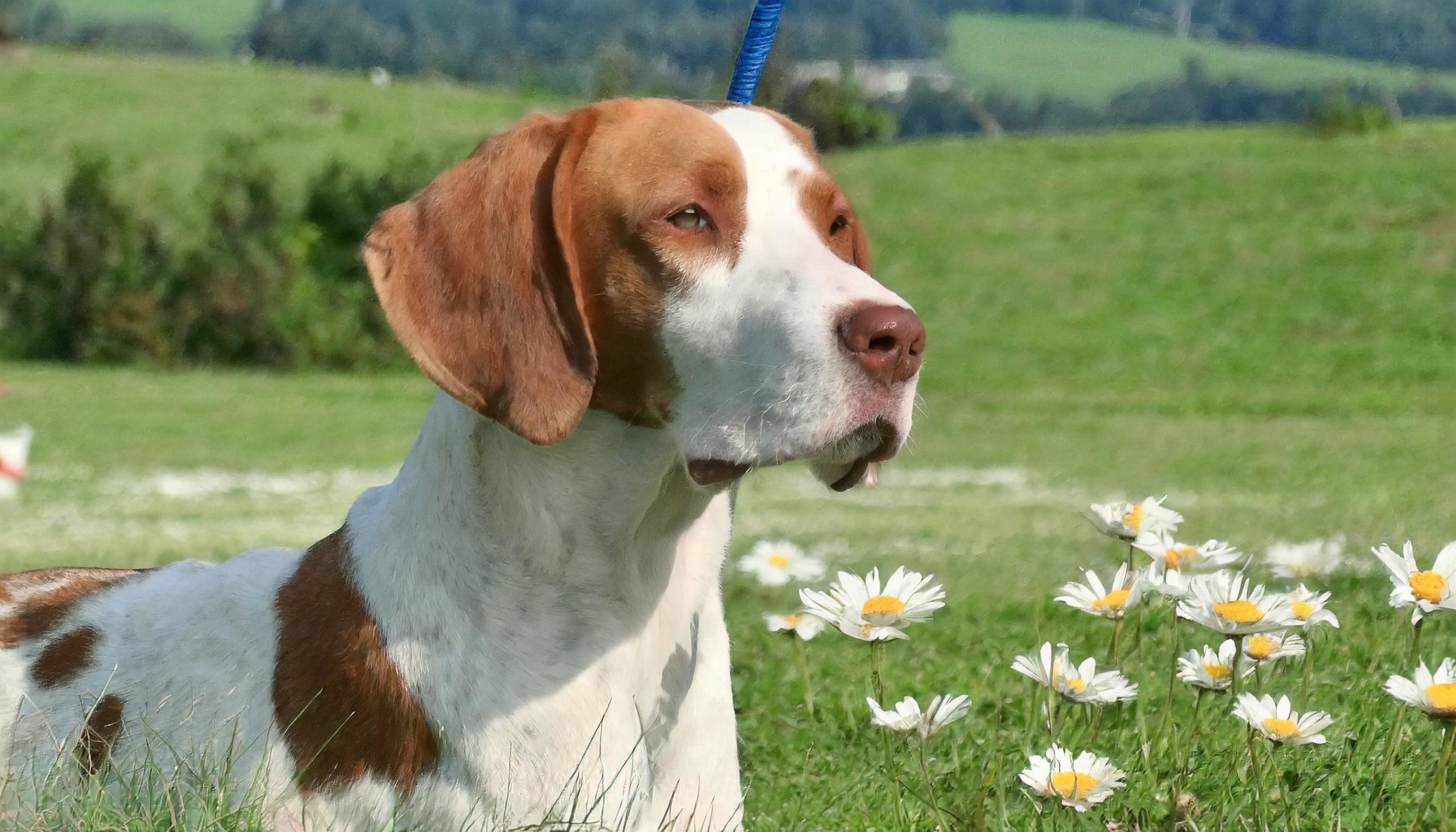
How it gets along with children
The Braque Saint-Germain is known for its friendly and gentle nature, which makes it an excellent companion dog, including in families with children. These dogs are known for their affectionate and loyal nature, which often makes them get along well with children. They are patient and tolerant, which makes them a suitable choice for families.
Thanks to their intelligent and obedient nature, Braque Saint-Germains are relatively easy to train, contributing to a harmonious relationship with children in the household. They are sociable and enjoy interaction, both with adults and younger family members. Their playful nature makes them a cheerful and energetic playmate for children.
Benefits of a Braque Saint-Germain
- Friendly nature: These dogs are known for their gentle, affectionate and loyal nature, which makes them great companions.
- Good family dog: They get along well with children and are often patient and tolerant.
- Intelligence: The Braque Saint-Germain is smart and eager to learn, which makes training easier.
- Active and playful: They are energetic and love exercise, ideal for active families or individuals.
- Social: They get along well with other dogs and pets, provided they are well socialised
Disadvantages of a Braque Saint-Germain
- Exercise needs: They need a lot of exercise daily, which is not ideal for less active owners.
- Care: Regular grooming is required to keep their coat healthy.
- Susceptibility to health problems: Like many breeds, they can be prone to hereditary health problems such as hip and elbow dysplasia.
- Space requirements: They are better suited to a home with adequate space, including access to a garden or outdoor area.
- Social needs: These dogs require adequate social interaction and cannot be left alone for long.
How old will a Braque Saint-Germain get?
The Braque Saint-Germain is a dog breed known for its good health and longevity. On average, this dog lives to be between 12 and 14 years old. However, this life expectancy can vary depending on various factors such as genetics, living conditions, nutrition and the overall healthcare the dog receives.
Price of a Braque Saint-Germain
The Braque Saint-Germain, a French pointer distinguished by its elegant orange and white coat, stands as a rare sight in the U.S. Here’s an insight into their expected cost and alternative breeds:
Cost of a Braque Saint-Germain Puppy in the U.S.:
Given their scarcity, it’s challenging to set a definitive price. Should you find a U.S. breeder, anticipate costs akin to similar Braque breeds, likely between $2,000 and $4,000, though locating a breeder may prove more arduous.
Breeds with Similar Traits:
With the Braque Saint-Germain hard to come by, consider these breeds for comparable traits:
- English Pointer: Renowned for their grace and athletic prowess, with prices usually ranging from $800 to $2,000.
- German Shorthaired Pointer (GSP): Celebrated for adaptability and keenness, typically priced between $800 and $2,000.
- Weimaraner: A sleek, silver-coated breed valued for loyalty and trainable nature, often costing between $1,000 and $2,000.
Additional Guidance:
- In-depth Research Needed: Being hunting dogs, Braque Saint-Germains demand ample physical and mental engagement. Confirm your readiness for their active lifestyle.
- Adoption as an Option: Given the rarity of locating a Braque Saint-Germain in the U.S., explore adopting similar breeds or mixes from shelters or rescues.
- Seeking Specialty Organizations: While specific clubs, like the Association des Amis du Braque Saint-Germain, may exist, language barriers and their international focus could complicate inquiries.
- Anticipate a Wait: If your heart is set on this breed, be prepared for potential waiting and the possibility of international liaisons to find a breeder.




